Roland
RolaModal
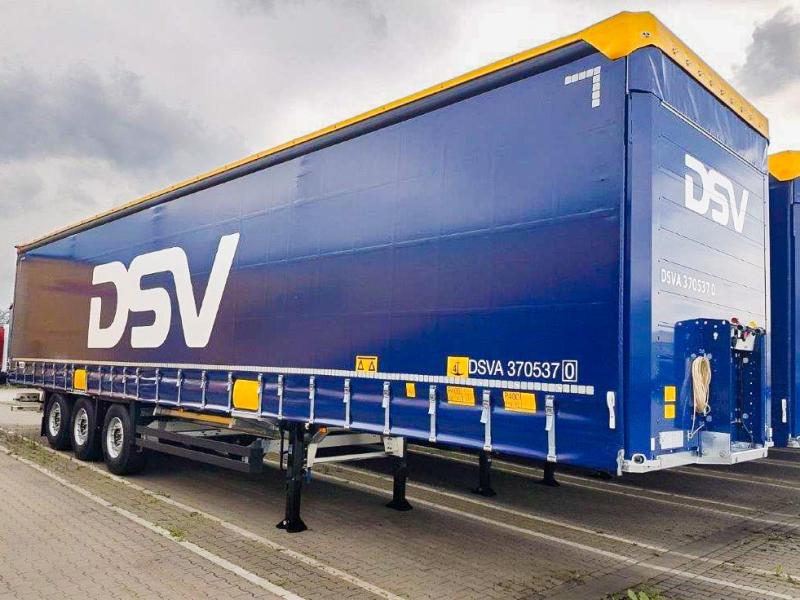
Standard side curtain solution, optimized for intermodal transport.
Read more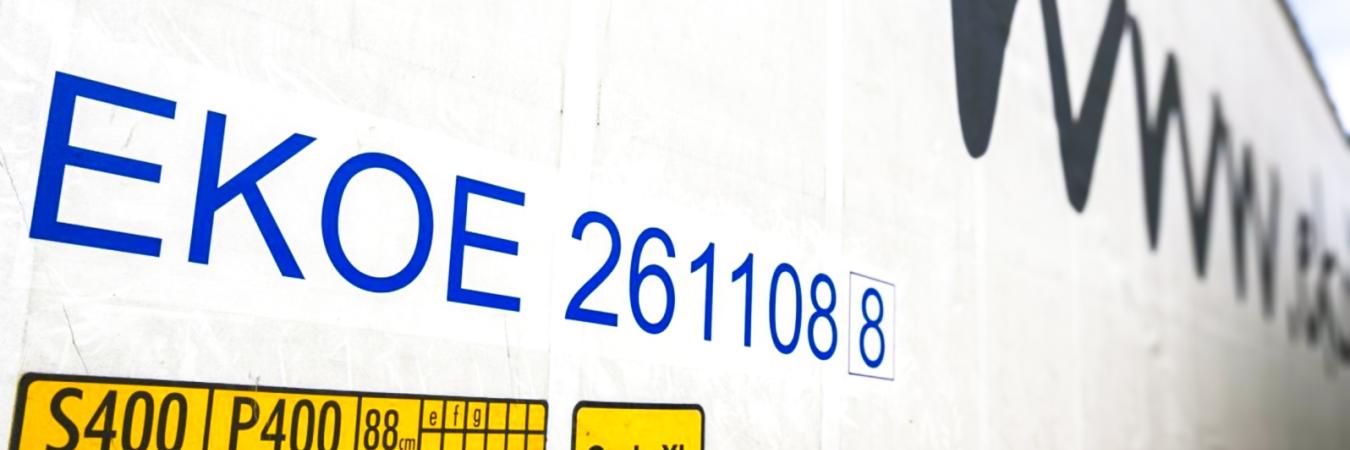
In the world of transportation and logistics, it is essential to understand the different ways of transporting goods. One important method that is often overlooked is the use of rail transport for trailers. In this blog, we discuss how a Huckepack trailer gets onto a railroad car and what is required to do so. We look at the role of the codification plate and the ILU code.
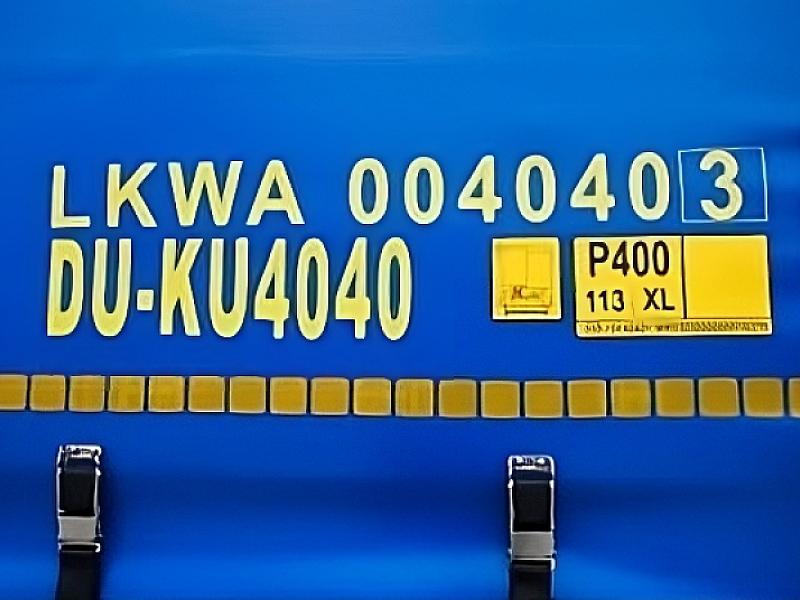
The ILU code, which stands for Intermodal Loading Unit, is an essential part of the process. This code allows trailers to be registered effectively and efficiently. If you want to transport a trailer by train, you must apply for this code. This can easily be done online at www.ilu-code.eu.
The ILU code consists of several elements. First, there is the owner key, which consists of four letters, three of which you can choose yourself. Then there is the registration number, which usually includes the last six digits of the chassis number. Finally, there is the check digit, which is automatically assigned by the system and over which you have no control.
In addition to the ILU code, the codification plate is also crucial. When the train arrives, it is the conductor's job to check the codification plate.
To get the correct information for the codification plate, you must contact your railroad company. This is crucial because the railroad company can verify which cars with what support frame height are running on a particular route. They can also provide information about the height of tunnels on that route.
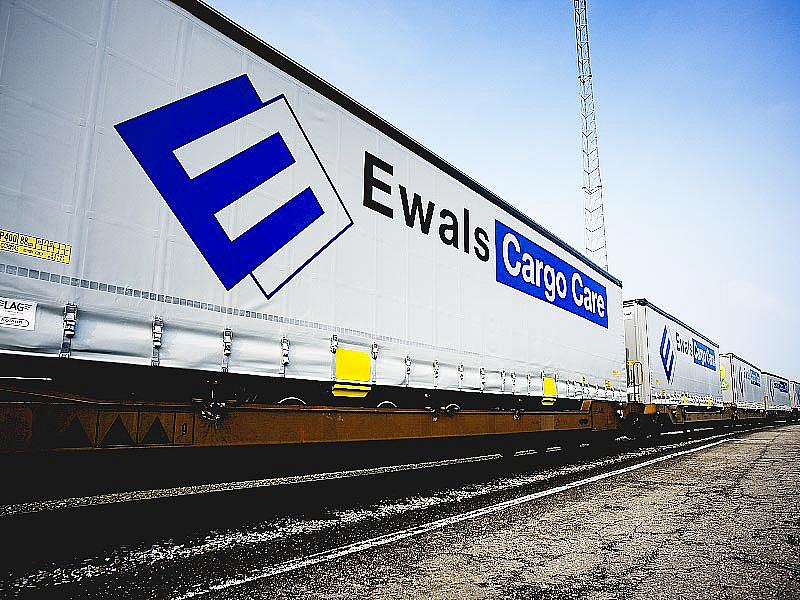
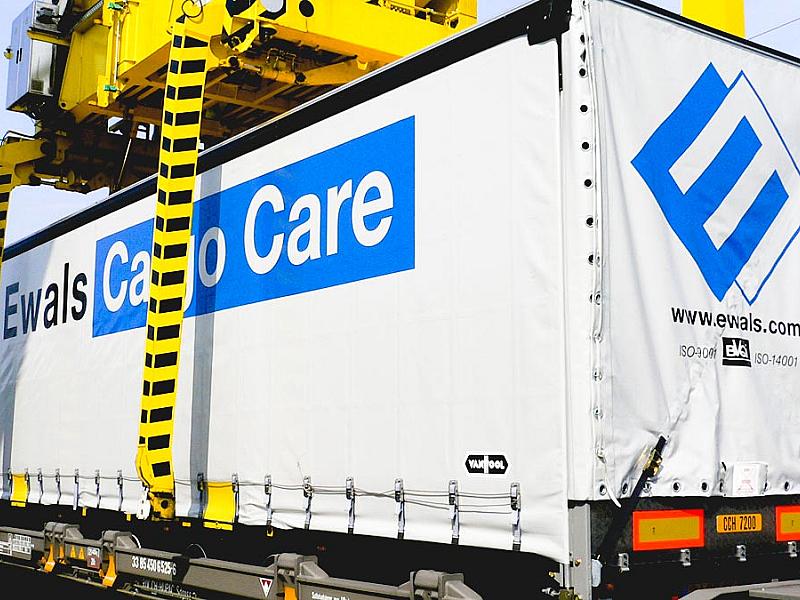
The information you receive from the railroad company is essential for submitting the coding plate application to your bodybuilder. One example is the P-format, which indicates that the tunnel can be passed with a trailer up to 4 meters high, but with unpressurized bubbles. The XLS Side Curtain has additional information stickers which states clearly that cargo can safely lean against the sides of the trailer without risking the trailer to bulge and expand past its maximum allowed total width.
Another important aspect is the support frame height, which is indicated in centimeters. This is a crucial piece of information because each wagon type has its own compatibility code, indicated by a letter. Compatibility codes “e,” “f,” “g” and “i” mean that there is a lot of room in a modern T3000 wagon.
Summary of the process
The process of loading a trailer onto a train can be summarized in several steps:
1. Request the ILU code through the website.
2. Contact the railroad company for information on wagons and tunnels.
3. Submit the collected information to your bodybuilder for the coding plate.
4. Bodybuilder places the ILU code on the trailer.
5. Load the trailer onto the train and begin transportation.
Using train transport for trailers offers numerous advantages. First, it is a more environmentally friendly alternative compared to road transport. Trains are capable of transporting large quantities of goods, leading to fewer trucks on the road and lower CO2 emissions.
In addition, train transportation can often be more cost-effective. It can be cheaper to transport goods by rail, especially over long distances. This can provide significant savings for companies that need to transport trailers on a regular basis.
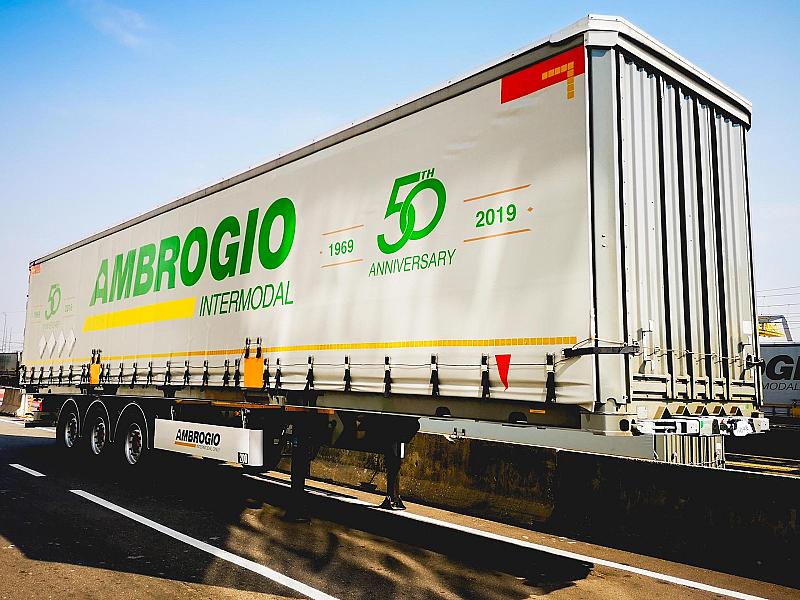
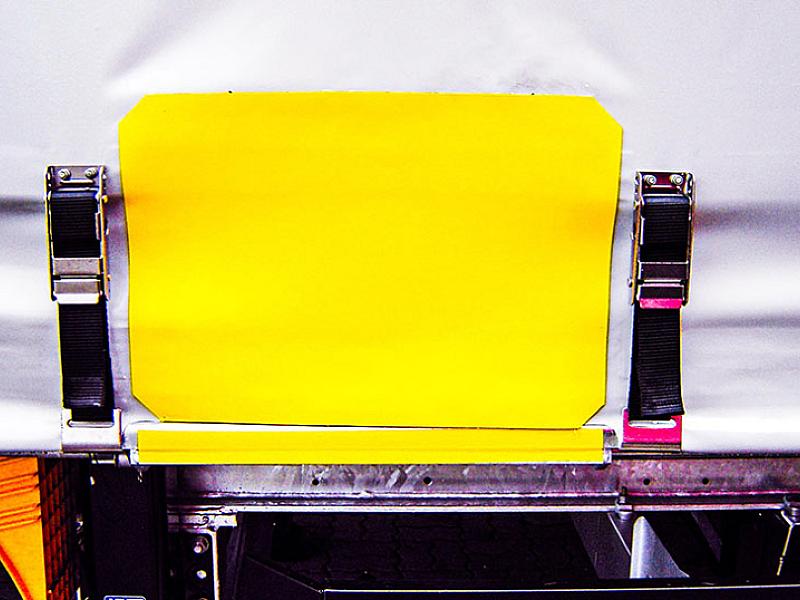
Loading a trailer onto a train is a process that requires great attention to detail. From requesting an ILU code to obtaining the proper coding plate, each step is critical to successful transportation. By partnering with your bodybuilder, you are assured of a reliable and efficient solution to your transportation needs.
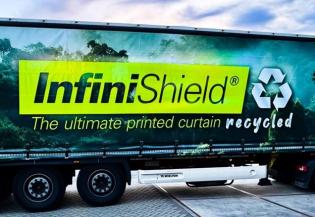
The transportation and logistics industries are evolving with technological advancements, and companies like Roland are leading the way by developing innovative trailer features that enhance efficiency, safety, and connectivity.
Read more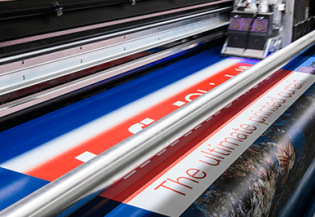
How InfiniShield digital printing technology provides durable, vibrant, and customizable graphics for trailers, enhancing their appearance and reducing maintenance costs
Read more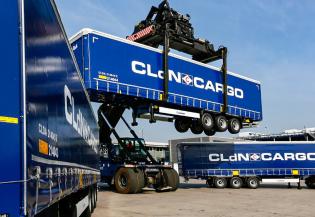
Two important methods in combined transport that make it possible to transport goods efficiently across different modes of transport: train and ferry.
Read more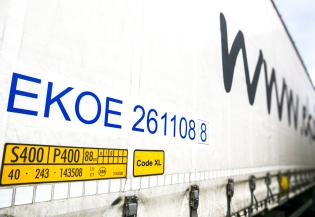
In the world of transportation and logistics, it is essential to understand the different ways of transporting goods.
Read more